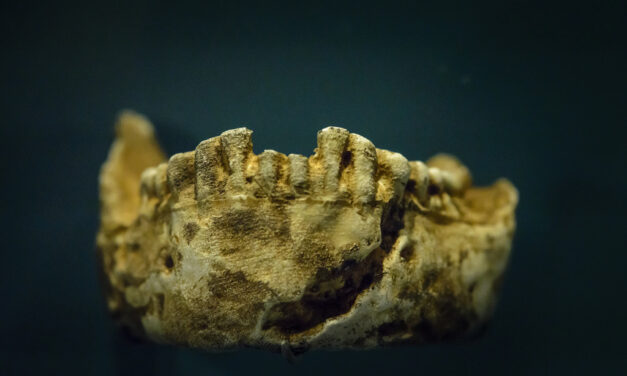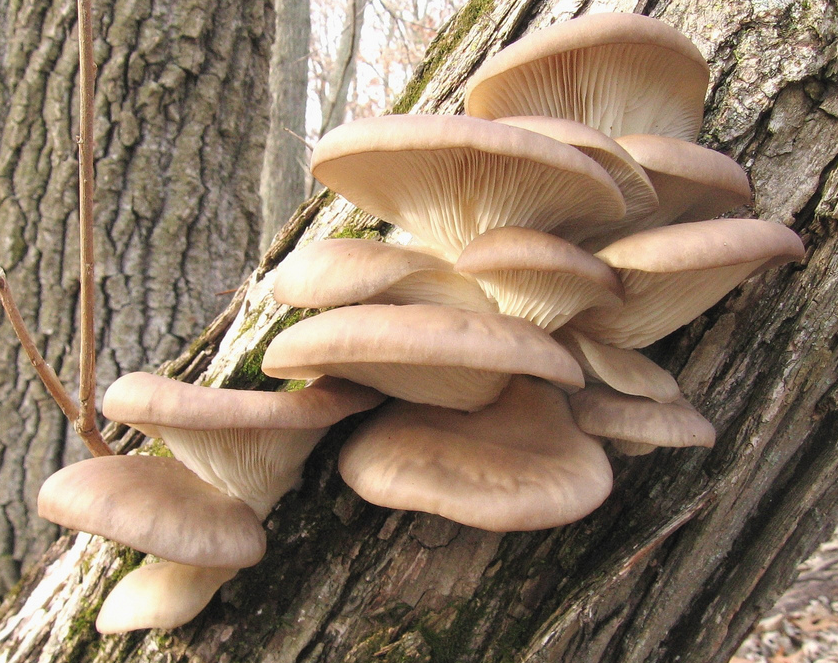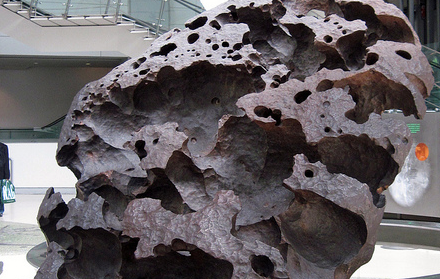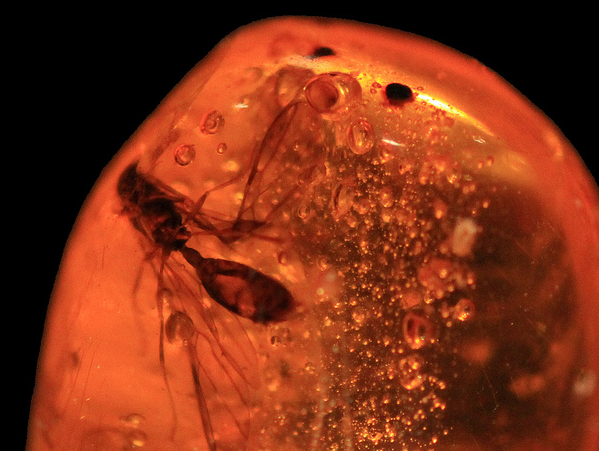A fossil may rewrite the story of how plants first lived on land
A plant fossil that gathered dust in a museum drawer for a century is the oldest fossil of large plants ever found – and it suggests we need to rethink the plant family tree. Image: treegrow
Read More















